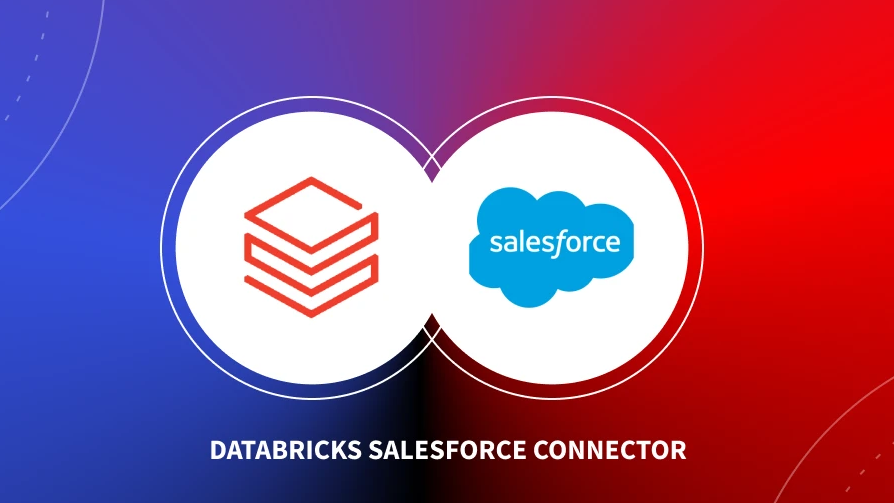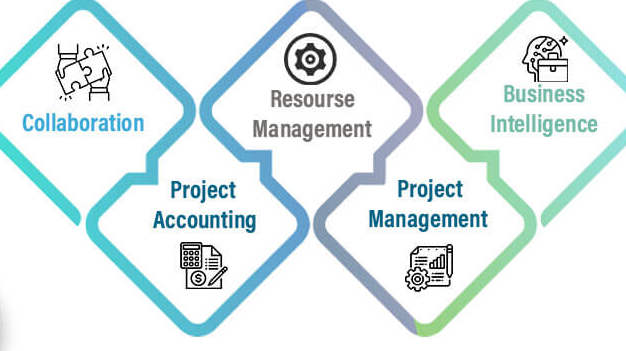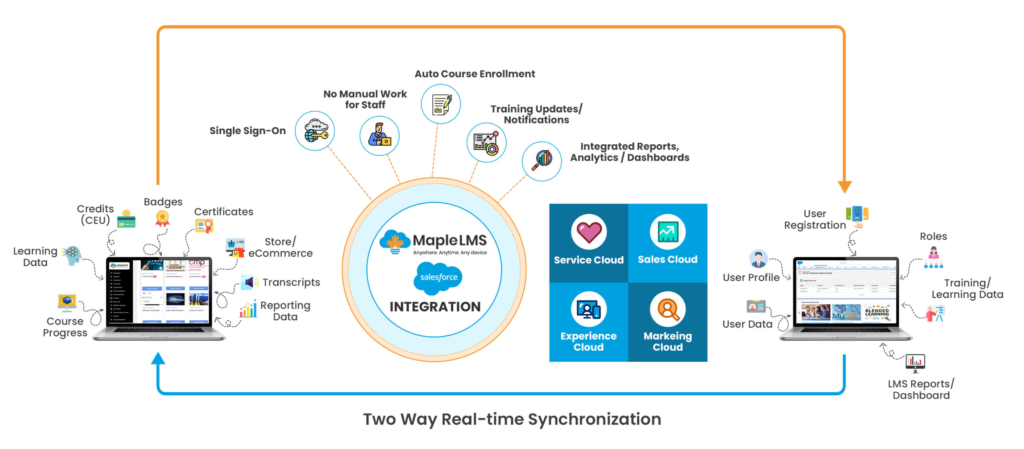Unlocking the Power of Customer Data: Salesforce and Databricks Integration for Unified Analytics

In today’s data-driven world, understanding your customer base is key to staying ahead of the competition. With the massive amounts of data generated daily, businesses are increasingly seeking ways to harness this information for actionable insights. Two powerful platforms, Salesforce and Databricks, have joined forces to offer an innovative solution: unified customer data analytics. This integration is revolutionizing how organizations manage, analyze, and utilize their customer data.
The Power of Salesforce and Databricks
Salesforce is renowned for its customer relationship management (CRM) capabilities, offering businesses a 360-degree view of their customers. From sales and service to marketing, Salesforce centralizes customer data, making it a vital tool for managing relationships and driving engagement. However, the vast amounts of data collected through Salesforce can sometimes be underutilized without the right analytics tools.

Databricks, on the other hand, is a leading platform for big data processing and advanced analytics. Built on Apache Spark, Databricks enables organizations to process large datasets at scale, perform real-time analytics, and leverage machine learning models for predictive insights. By integrating Salesforce with Databricks, businesses can unlock a new level of data intelligence.
Why integrate Salesforce with Databricks?
The integration of Salesforce and Databricks provides a unified platform where businesses can seamlessly combine their CRM data with other data sources. This enables a more holistic view of customer behavior, preferences, and trends. Here’s how this integration is beneficial:
Enhanced Data Insights
Combining Salesforce data with the advanced analytics capabilities of Databricks allows businesses to uncover deeper insights. This integration enables organizations to analyze customer data at scale, identify patterns, and predict future behaviors, leading to more informed decision-making.
Personalized Customer Experiences
With a unified view of customer data, businesses can deliver highly personalized experiences. The integration allows for the segmentation of customers based on more granular data points, helping to tailor marketing campaigns, product recommendations, and service interactions to individual needs.

Real-Time Analytics
Databricks’ real-time analytics capabilities mean that businesses can act on customer data as it’s generated. This is crucial for responding to customer needs promptly, optimizing operations, and staying ahead in competitive markets.
Streamlined Operations
By integrating Salesforce with Databricks, businesses can reduce data silos and streamline operations. The integration facilitates smoother data flows between platforms, ensuring that teams have access to the most up-to-date information, leading to more efficient workflows and better collaboration.
The Process Behind Salesforce and Databricks Integration
The integration process typically involves connecting Salesforce’s data with Databricks through connectors or APIs. Once connected, data can be ingested from Salesforce into Databricks, where it can be processed, analyzed, and visualized. The integration supports various use cases, from customer segmentation and predictive analytics to real-time data processing and machine learning model deployment.

Key components of the integration include
Data Ingestion
Seamlessly pulling data from Salesforce into Databricks, where it can be processed alongside other data sources.
Data Processing
Leveraging Databricks’ powerful processing capabilities to clean, transform, and prepare data for analysis.
Analytics & Reporting
Using Databricks to perform complex analytics and generate reports that can be fed back into Salesforce or other systems for action.
Real-World Applications
Several industries are already seeing the benefits of integrating Salesforce with Databricks
Retailers can merge their CRM data with sales and inventory data to forecast demand, optimize supply chains, and personalize marketing efforts.
Financial institutions can analyze customer transaction data alongside CRM data to detect fraud, assess credit risk, and offer personalized financial products.
Healthcare providers can combine patient data from CRM systems with medical records and treatment data to improve patient outcomes and streamline care delivery.
Exploring the Future Potential of Salesforce and Databricks Integration
The integration of Salesforce and Databricks is just the beginning of a larger trend toward unified data platforms. As businesses continue to prioritize data-driven strategies, the demand for seamless integrations between CRM systems and advanced analytics platforms will grow.

This partnership sets the stage for more sophisticated, AI-driven customer insights and real-time decision-making capabilities.
Conclusion
The Salesforce and Databricks integration is a game-changer for businesses looking to leverage their customer data more effectively. By bringing together the best of CRM and big data analytics, this integration enables organizations to gain a deeper understanding of their customers, personalize interactions, and drive better business outcomes. As the landscape of customer data continues to evolve, those who embrace such integrations will be well-positioned to lead in their respective industries.



